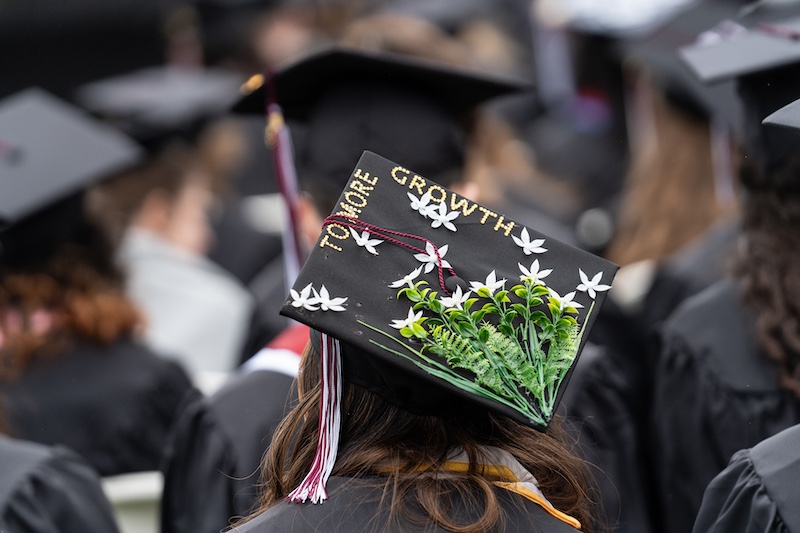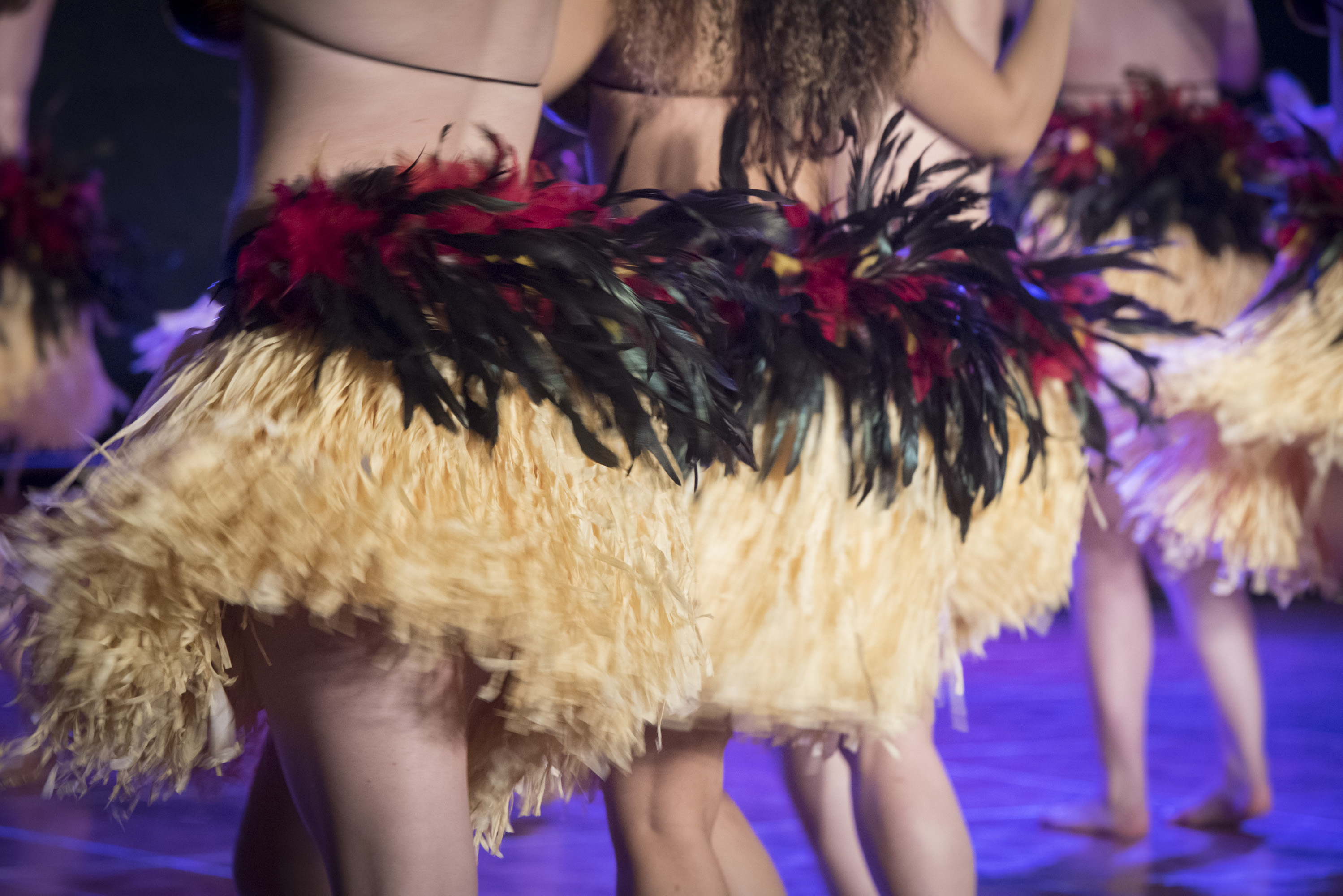A Night at Puget Sound Museum of Natural History
“Do they bite?” It is an obvious question for one small, ponytailed visitor standing almost nose-to-beak with a common murre splayed on the dissecting table. The Puget Sound student scientist at work doesn’t answer as she carefully takes a scalpel to the dead bird’s white belly, amid an “ooooohh” from the gaggle of children. “Did he fly?” the same girl persists, with more curiosity than consternation.

The preparation room is a popular spot at the free Night at the Museum open-house events held at Puget Sound Museum of Natural History. It is here that the donated plants, insects, skulls, skins, bird wings, eggs, reptiles, and other organisms are preserved before they join the museum’s 85,000-specimen collection.
Museum director Peter Wimberger says that 150–350 visitors from campus and the wider community come to these special nights, held monthly during the school year. Specimens are put on display to fit a theme, such as “Captivating Carnivores” or “Things That Go Bump in the Night,” and biology students and local environmental groups come to share their science.
“I love seeing families and their kids getting excited about natural history and thinking about conservation,” Peter says. “It’s also a place where students can get teaching experience, and a lot of them end up working in environmental education or at science centers or museums or zoos.”
On this November night, 25 Puget Sound volunteers—temporarily transformed from students into teachers—are helping to run the “Creatures of Commencement Bay” exhibit. The students are at tables laden with stuffed gulls, ospreys, river otters, loons, and the skulls and skins of orcas, minke whales, and other sea dwellers. Family members from around the region have come to touch and see, and to ask questions about the wildlife that soars in the skies and feeds off the shores of Tacoma.
Halfway through the 6–7:30 p.m. event, the Museum is bursting with life. Children handle the glass jars of baby giant Pacific octopuses, and hear how the clever nine-foot adult cephalopod can learn to open a jar and squeeze through small spaces. Hands, large and small, reach into the freezing water of an aquarium brought in by Point Defiance Zoo & Aquarium to touch the California sea cucumbers, purple sea urchin, grainyhand hermit crabs, and bright-red blood stars.

I love seeing families and their kids getting excited about natural history and thinking about conservation."
– Peter Wimberger
In the hallway Tahoma Audubon, Surfrider Foundation, Puget Sound Partnership, and others explain the lifecycle of salmon or the impact of plastic waste on local wildlife. The craft room is filled with kids creating cartoonish octopuses by gluing colored paper to a toilet paper roll and cutting out eight splayed legs.
Peter, wending his way through the families, says that the Museum interacted with 16,000 people last year, through museum tours, classroom teaching, Nights at the Museum, K-12 school visits, and community events. Come next semester, he reveals, his team has something special lined up. In February 2018 Night at the Museum will celebrate both Darwin’s birthday (Feb. 12) and Valentine’s Day. What kind of animal specimen exhibits cover both of these important days? Peter smiles and hints: Think “natural selection.” Think “romance.” Hmmm.
Scroll through our media gallery to see (and hear!) some of the featured creatures:
Orca, or Killer Whale
Common Murre and Marlowe Moser ’19
North American River Otter and Brenda Miller ’15
Bonaparte's Gull, male and female
California Sea Lion
Osprey and Andre Zamani ’19
Harbor Seal
Common Minke Whale
American Mew Gull










